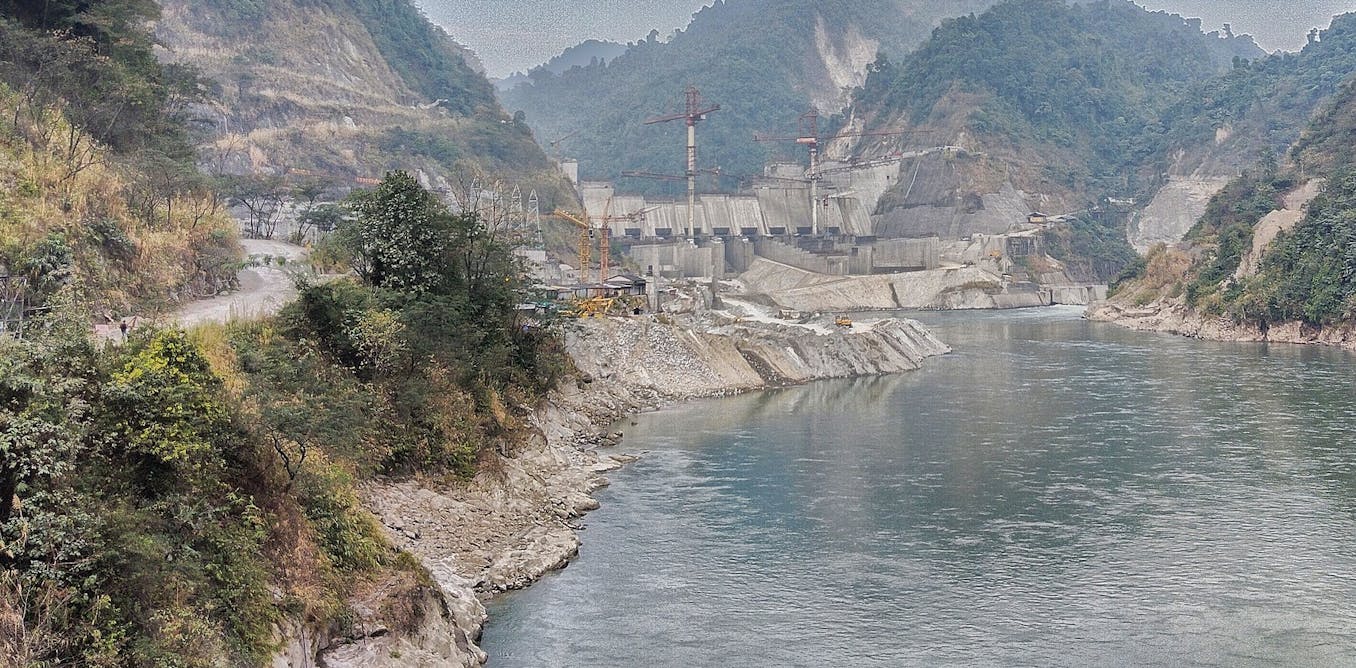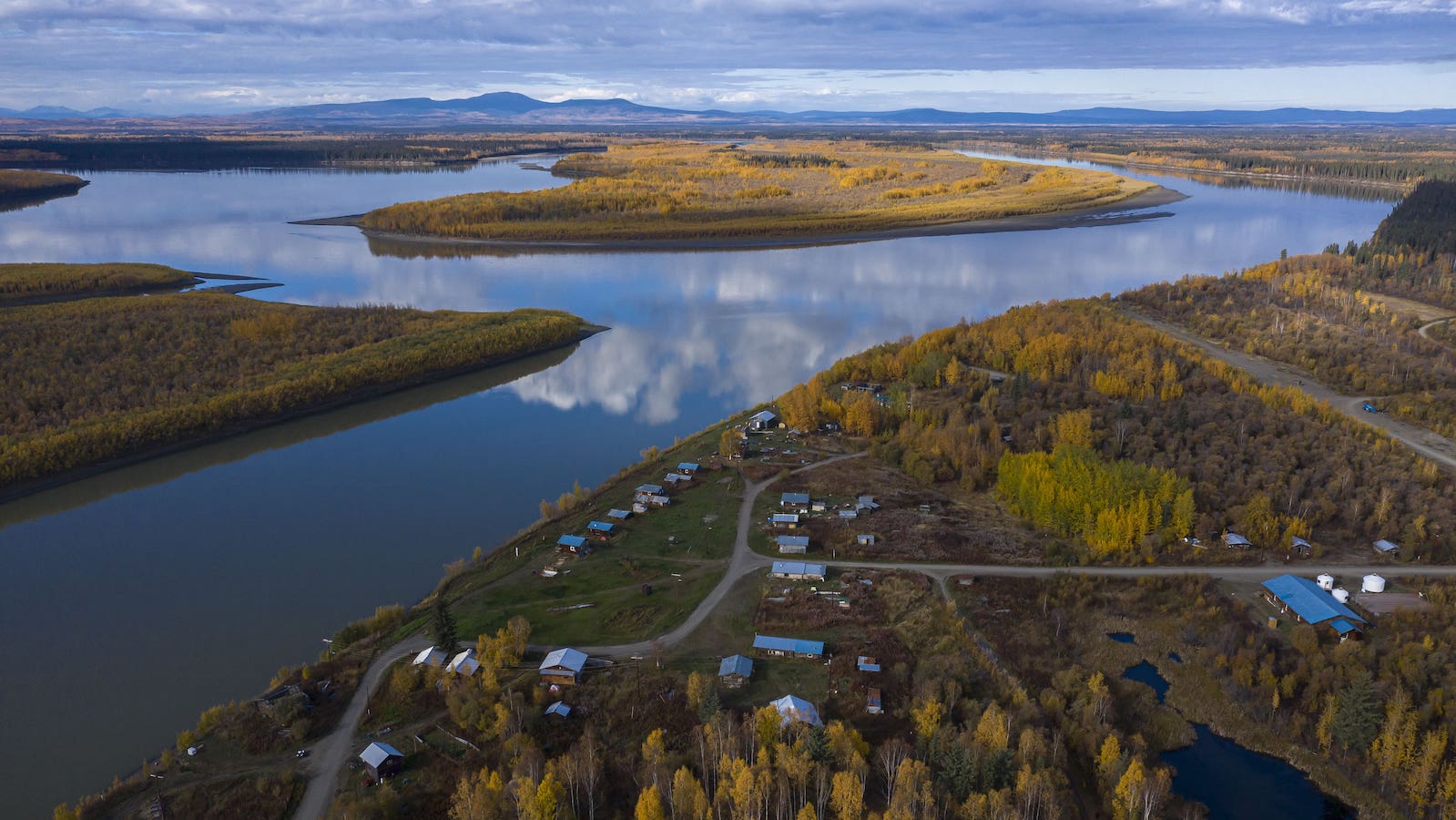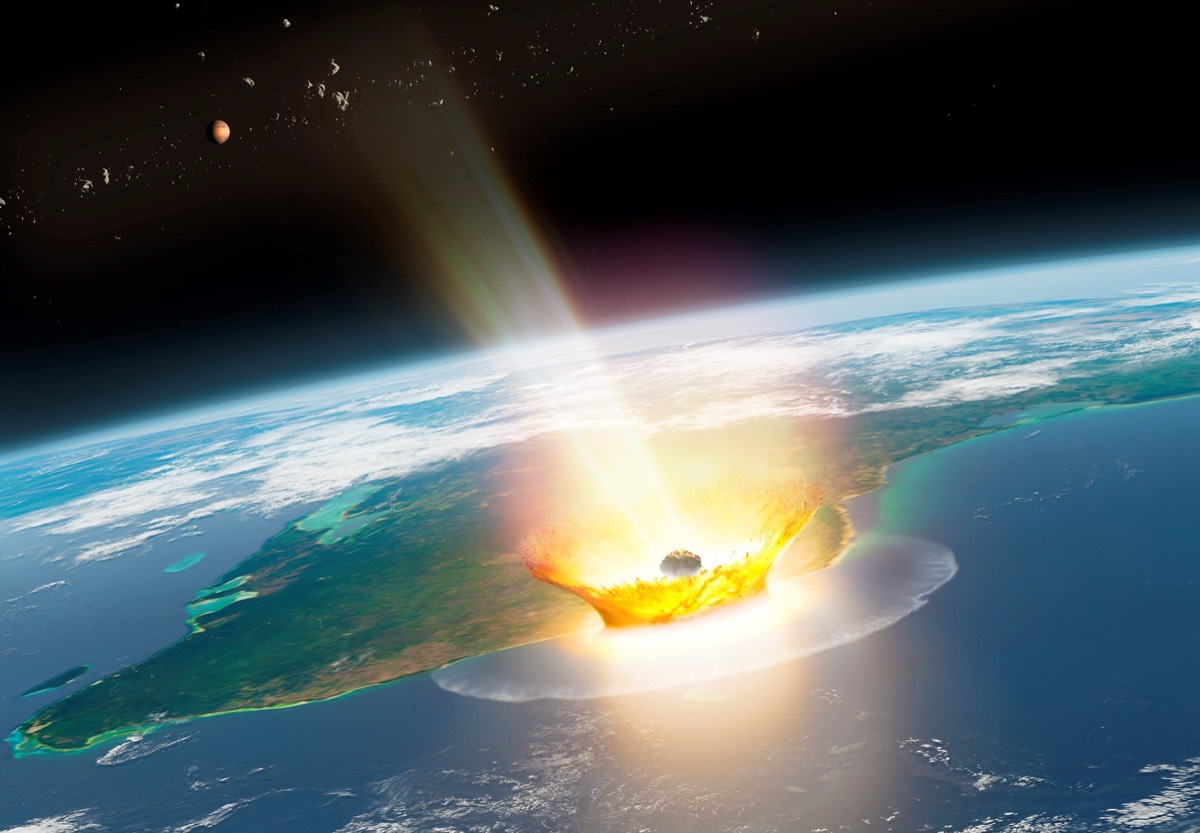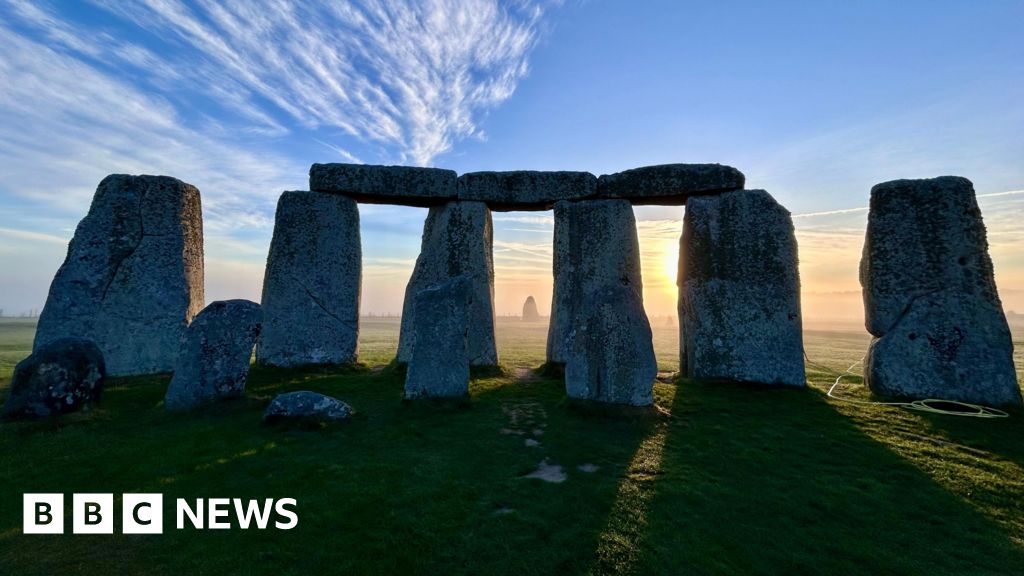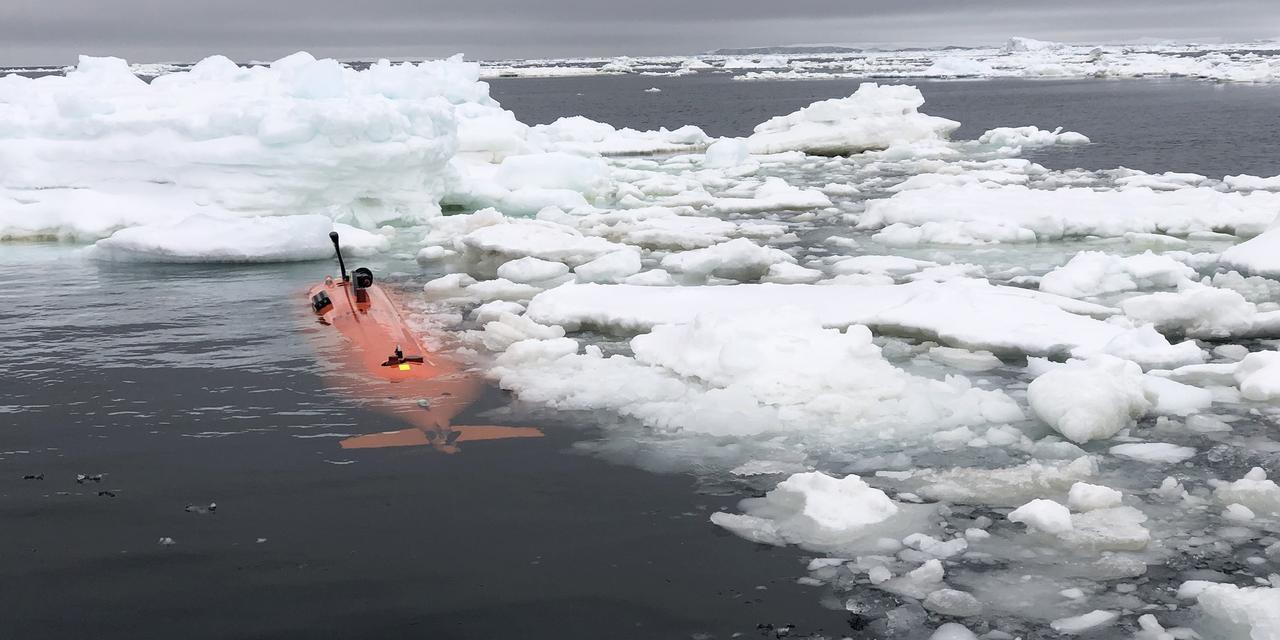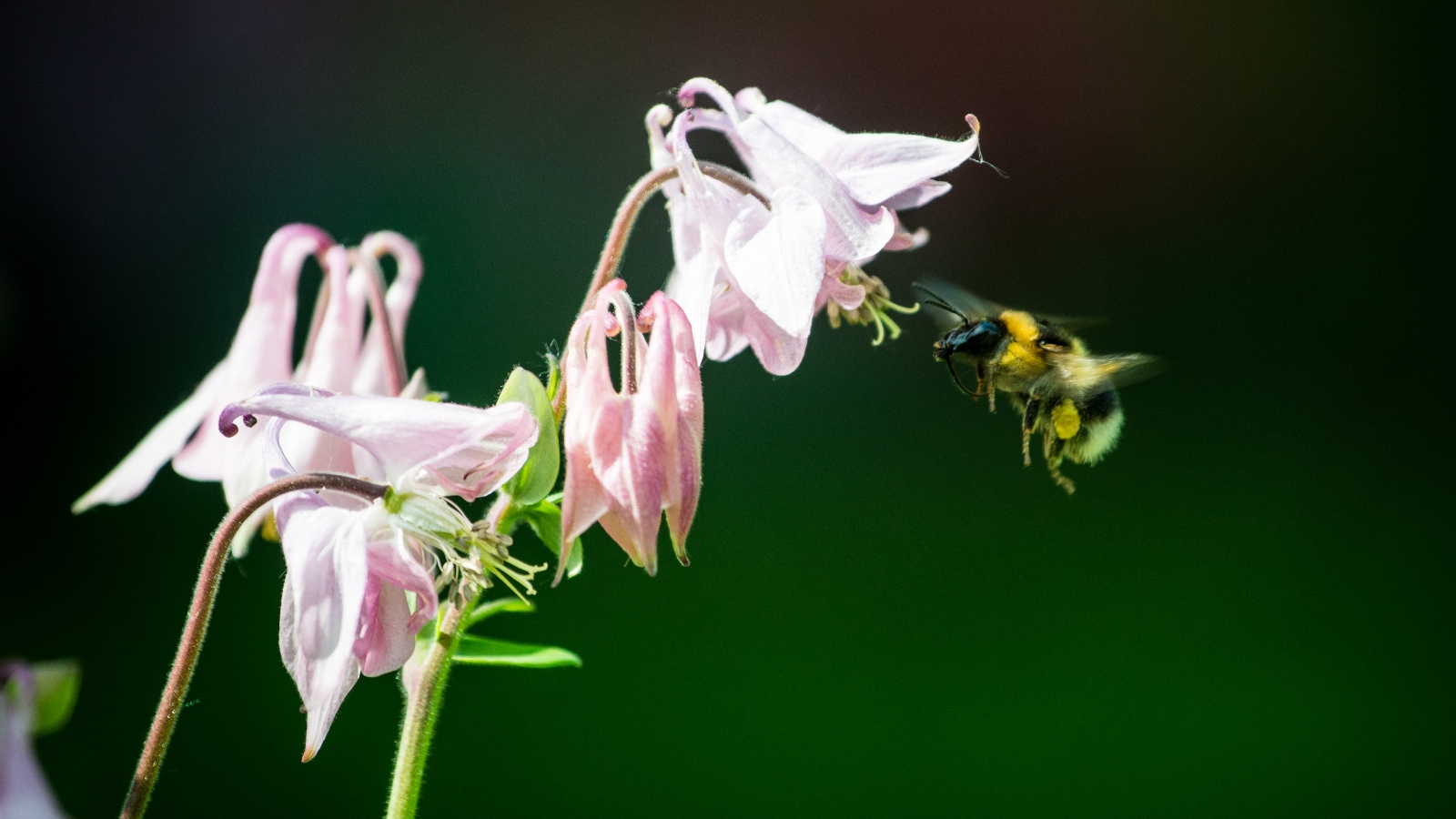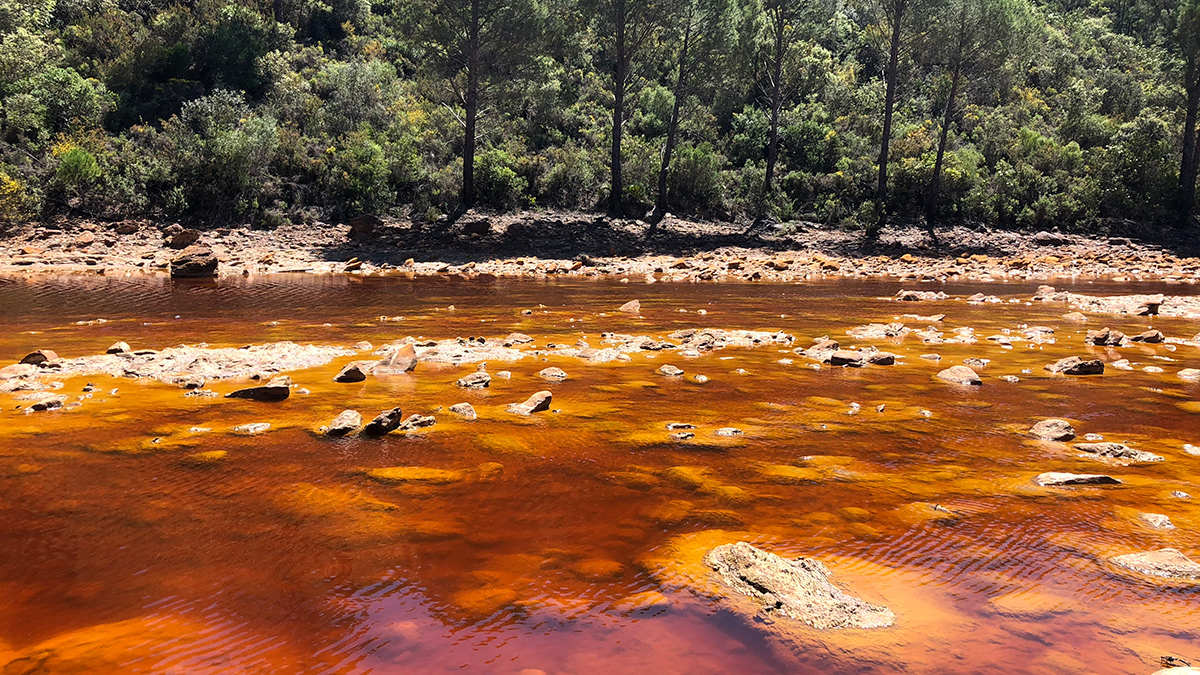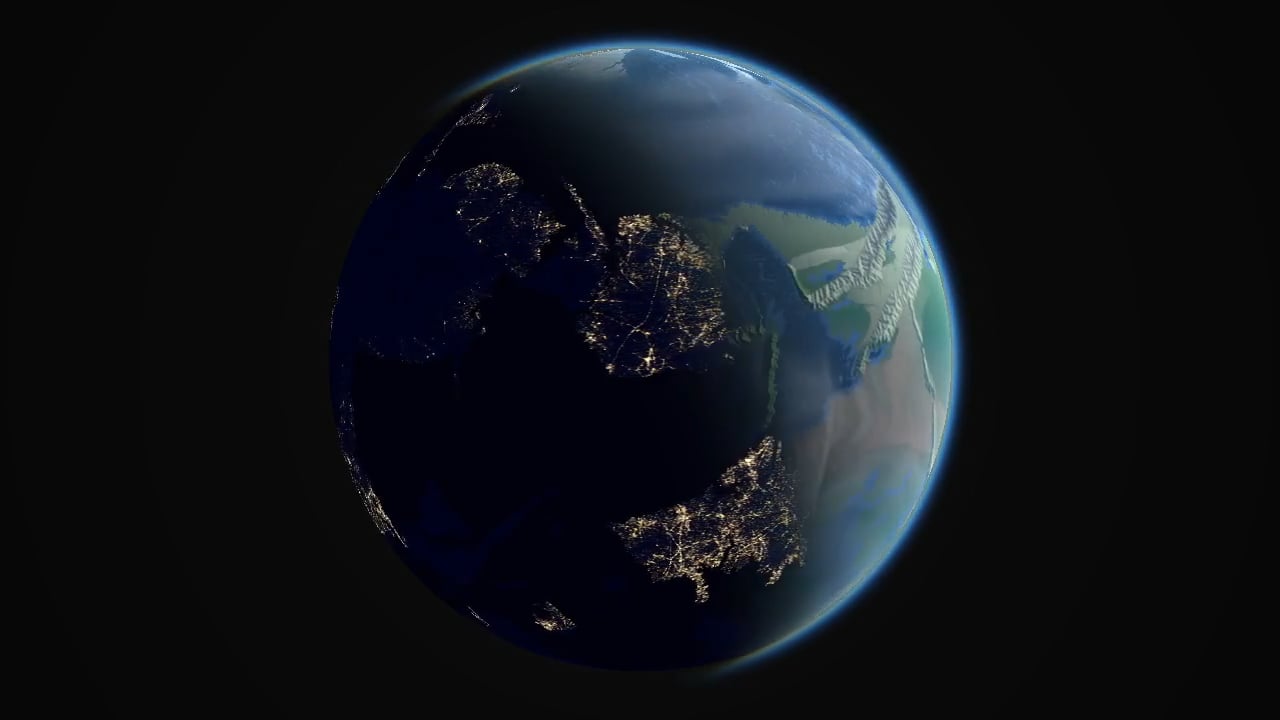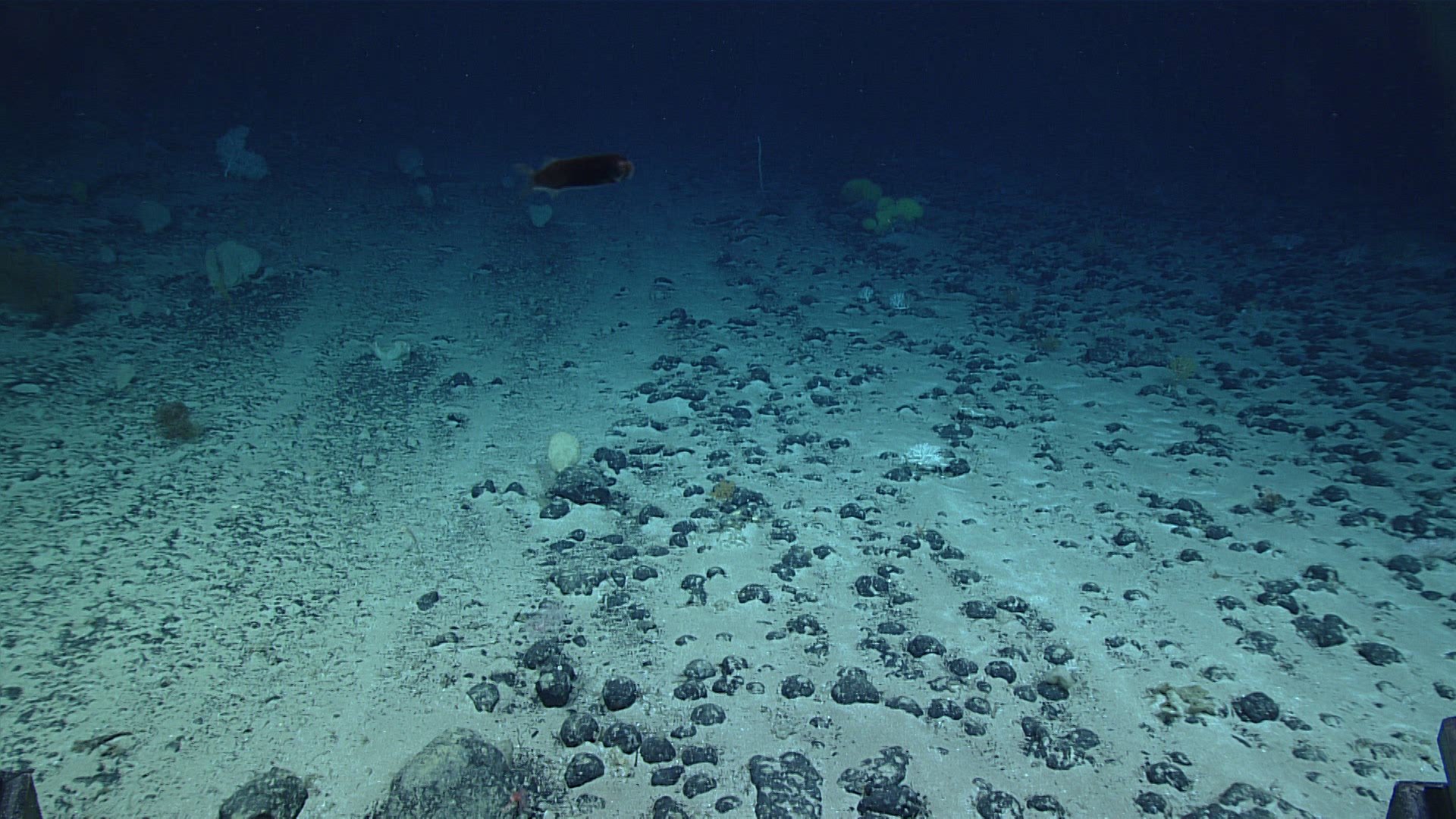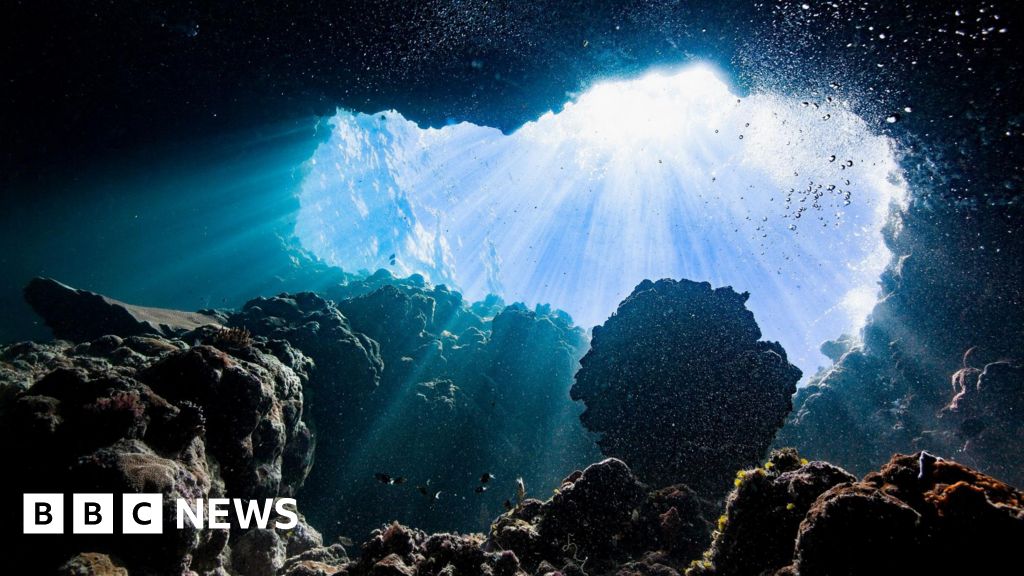Earth, Environment, and Geosciences
Please post any relevant links you would like to add to the resource collection on the sidebar! :) Eventually I will go through my bookmarks too! Any kind of tools, important websites or references are welcome.

Higher resolution: http://virtualfieldwork.org/downloadabledocs/BigRainbowChart09.2011.pdf 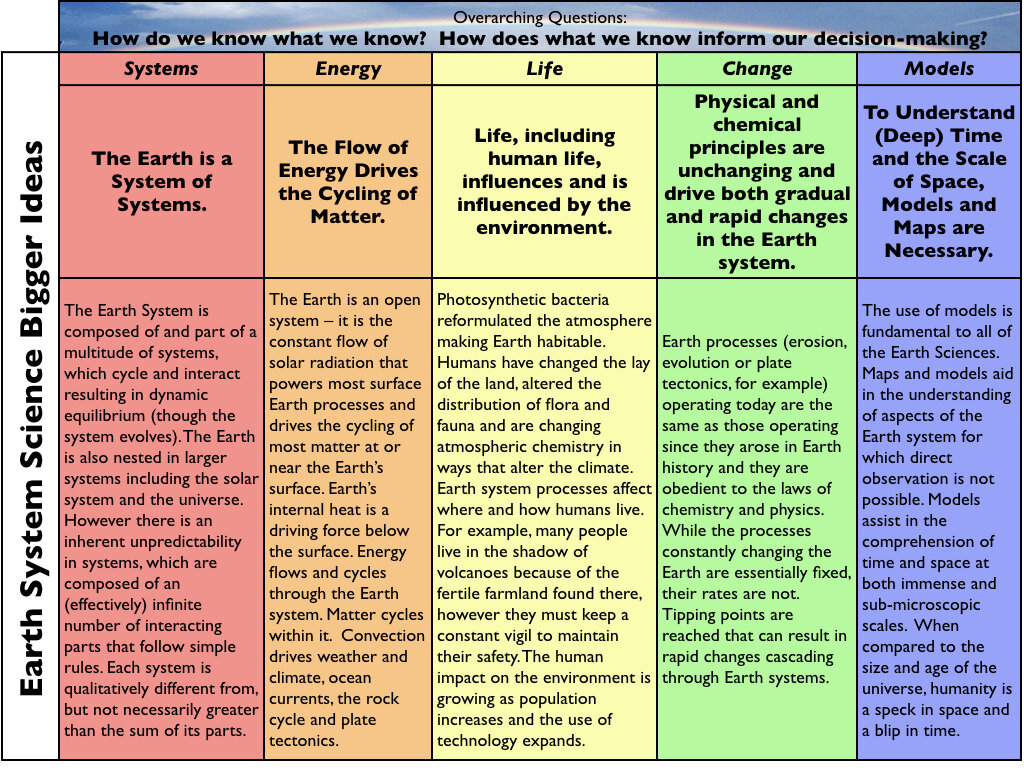 Sauce: https://virtualfieldwork.org/Rainbow_Charts.html
 phys.org
phys.org
Vegetation cover across the Antarctic Peninsula has increased more than 10-fold over the last four decades, new research shows. The Antarctic Peninsula, like many polar regions, is warming faster than the global average, with extreme heat events in Antarctica becoming more common. The new study—by the universities of Exeter and Hertfordshire, and the British Antarctic Survey—used satellite data to assess how much the Antarctic Peninsula has been "greening" in response to climate change. It found that the area of vegetation cover across the Peninsula increased from less than one square kilometer in 1986 to almost 12 square kilometers by 2021.
 www.vox.com
www.vox.com
Birds are incredible navigators, capable of traveling thousands of miles each year to the same location. But sometimes even they end up in the wrong place at the wrong time — like inside a hurricane. As Hurricane Helene was making landfall in Florida as a powerful Category 4 storm, radar spotted a mass in the eye of the storm that experts say is likely birds and perhaps also insects. Seabirds likely fled the storm’s extreme winds — which reached 140 miles per hour — and ended up in the eye, where it’s calm. Once inside, they essentially got trapped, unable to pierce through the fierce gusts of the eye wall. Storms like Helene can blow seabirds like petrels, jaegers, and frigatebirds far inland. Exhausted, they end up in unfamiliar habitats where they can’t easily find food. “It’s a challenging situation,” said Andrew Farnsworth, a bird migration expert at the Cornell Lab of Ornithology. “We know that birds do die in these things.”
 www.theguardian.com
www.theguardian.com
cross-posted from: https://hexbear.net/post/3534540 > >As the helicopter approached Caas Tl’aat Kwah (also known as Serb Creek), a 1,600-hectare (about 3,953-acre) watershed, the forest became a blanket of deep green, cleaved only by yellow-green wetlands threaded with glacial blue streams. > > >“We want to conserve it for future generations,” said Charlotte Euverman, the Wet’suwet’en woman leading a fight to save this area, which includes a traditional feasting site. “We have to leave them something.” > > >Like most First Nations here, Wet’suwet’en never signed treaties with the Canadian or provincial governments. Nevertheless, the latter took the land and leased forested acreage to logging companies. Today just 20% of British Columbia’s old-growth forests remain. > > >In 2020, after decades of activist pressure, the province identified about a quarter of the remaining old growth as at high risk for logging and recommended a pause while deciding their fate. Yet today, logging has been deferred in less than half of the high-risk area > > >Now Caas Tl’aat Kwah is in the crosshairs of a debate over the scope of First Nations’ agency, biodiversity loss and protection – and the role industrial logging plays in amplifying Canada’s forest fires, the effects of which are being felt across the globe. > > >In summer 2023, more than 150,000 sq km (58,000 sq miles) burned across the country, an all-time record, carrying smoke across the continent and air pollution all the way to Europe and China. > > >Caas Tl’aat Kwah is not yet accessible by road, so the helicopter ride was the first opportunity for Nation member Sandra Harris to see it, despite the fact that her great-grandfather, Jack Joseph, once had a cabin there. The pilot set the helicopter down upon a boggy meadow, and DeWit, who is acting director of the Office of Wet’suwet’en, led the way through the trees to a newer cabin, where he gave a framed photo of Joseph pride of place. > > >Harris explained the significance of seeing the land, saying: “We have a lot of stress in our lives with racism, working with colonial systems that are so unkind to our ways.” The land is healing, she said. > > >“Today, we can feel our ancestors,” Harris said. “We remember our stories when we are able to put our feet on the land … There’s lots of good medicine there for us.” > > >Conventional wisdom has long held that increased fire severity is due not just to climate change but also dense overgrowth from fire suppression. The prescription has been to thin forests and set controlled burns. But a growing number of scientists now say that approach fails to recognize the role of industrial logging in increased fire severity: it kills complex communities of life that stabilize the water cycle. > > [Full Article](https://www.theguardian.com/world/2024/sep/23/canada-first-nation-forest-wildfire-logging) 
 www.theguardian.com
www.theguardian.com
This summer, Californians have had to endure blistering heatwaves, raging wildfires – and now snow. An unusually strong and rare snow system dusted California’s Sierra Nevada mountain range early Saturday, the first time snow has fallen in August in the so-called Golden State in more than 20 years. About 3in fell in Lassen Volcanic national park, according to the weather service. But most areas just got a dusting with summertime temps returning 24 hours later. The rare summer snowstorm nonetheless caused a record amount of rainfall in Redding, Red Bluff and Stockton in northern California on Saturday, the weather service said. The “anomalous cool conditions” spread over much of the western US through Sunday morning, according to the weather service’s Weather Prediction Center in College Park, Maryland.
Earth, Environment, and Geosciences
!earthscience@mander.xyzWelcome to c/EarthScience @ Mander.xyz!
Notice Board
This is a work in progress, please don't mind the mess.
- 2023-06-13: We are looking for mods. Send a dm to @fossilesque@mander.xyz if interested!
What is geoscience?
Geoscience (also called Earth Science) is the study of Earth. Geoscience includes so much more than rocks and volcanoes, it studies the processes that form and shape Earth's surface, the natural resources we use, and how water and ecosystems are interconnected. Geoscience uses tools and techniques from other science fields as well, such as chemistry, physics, biology, and math! Read more...
Quick Facts
Rules
- Don't throw mud. Be kind and remember the human.
- Keep it rooted (on topic).
- No spam.
Jobs
Teaching Resources
Tools
- GitHub - RichardScottOZ/mineral-exploration-machine-learning: List of resources for mineral exploration and machine learning, generally with useful code and examples.
Climate
Similar Communities
- !openscience@lemmy.ml
- !reclamation@slrpnk.net
- !geology@lemmy.ca
- !geophysics@lemmy.ca
- !geologycareers@lemmy.ca
- !mining@lemmy.ca
Sister Communities
Science and Research
Biology and Life Sciences
- !anthropology@mander.xyz
- !microbiology@mander.xyz
- !biodiversity@mander.xyz
- !palaeoecology@mander.xyz
- !palaeontology@mander.xyz
Plants & Gardening
Physical Sciences
Humanities and Social Sciences
- !archaeology@mander.xyz
- !cooking@mander.xyz
- !folklore@mander.xyz
- !history@mander.xyz
- !old_maps@mander.xyz




